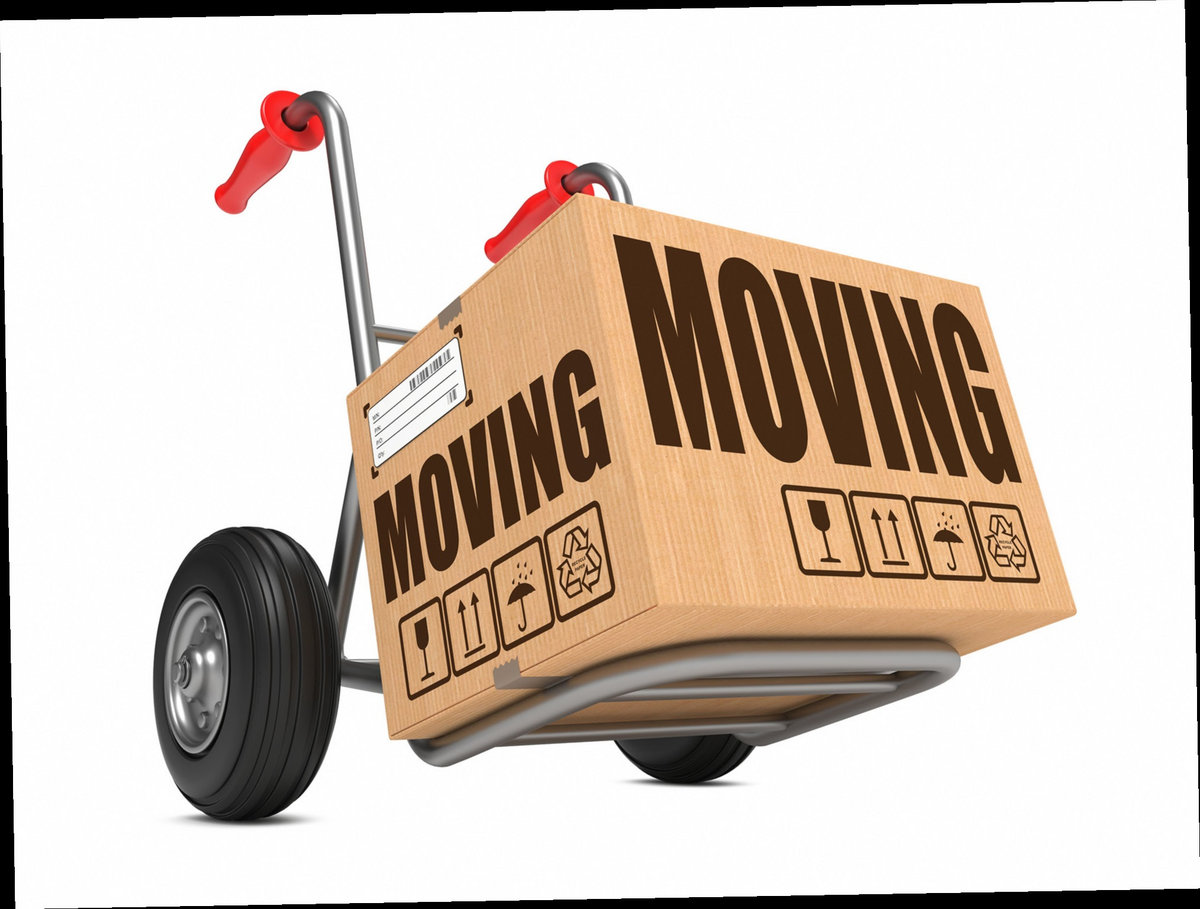
As soon as the first mover sells something to a customer, he or she may be discouraged from switching to a rival product because of the cost. The first-mover has a longer learning curve, during which it establishes more cost-efficient means of making a product and delivering it.Īnother first-mover advantage is switching costs. This is especially the case for manufacturers and makers of technology-based products. In the history of business, companies like Coca-Cola, STP and Kellogg’s brand name recognition was one of the biggest rewards for being first-movers.Īpart from engendering loyalty among existing customers, brand name recognition also attracts new customers, even after second-movers and later-movers have entered the market.Įconomies of scale represent an advantage that is only really there for the first-mover. One of the main advantages is brand name recognition. First-mover advantage elementsįirst-mover advantage is typically not just one single advantage, but rather a cluster of advantages that the innovating company gets by being the first one in. Although the first-mover did all the work, the second-movers got the profits. second-movers, they can grab the cheetah’s catch and enjoy all the benefits. However, if there are hyenas nearby, i.e. When a cheetah hunts down a gazelle, it is the first-mover and has a fantastic opportunity to eat to its heart content. The world of business in some ways is very similar to animal survival. In other industries, however, such rewards do not exist, and late-movers can move in and still compete effectively against the earlier entrants. In some markets, the first-mover is rewarded with quasi-monopoly status and gigantic profits. However, online marketers say this does not always mean that the first-mover makes a profit.īeing a first-mover is only worth it if the risks are outweighed by the rewards. In today’s Internet economy, first-mover advantage is instrumental in building market share. For example, even though was not the first entity to sell books on the Internet, it was the first significant company to do so (many people think Amazon was the first – it wasn’t!). Applies to just ‘significant’ first-moversįirst-mover advantage only refers to a significant company that moves into a market, not just any company. If the first-mover does not capitalize on its advantage, other new entrants will have the opportunity to come in and compete more effectively and efficiently – they will have second-mover advantage. Not all companies that enter a market first enjoy first-mover advantage – first-mover disadvantage also exits.

With this edge over its competitors, the first-mover can be rewarded with considerable profit margins and a status of virtual monopoly.

The main first-mover advantage is control of resources. The term today is often referred to as technological leadership. The advantage is not just because the first company can erect barriers to entry, but also because competitors and rivals may be put off from committing the required resources to compete. The same applies for the first to introduce an innovation.

First mover advantage or FMA is a notion from game theory that the first to enter a market can obtain a massive advantage such as brand name recognition, customer loyalty, market share, etc.


 0 kommentar(er)
0 kommentar(er)
